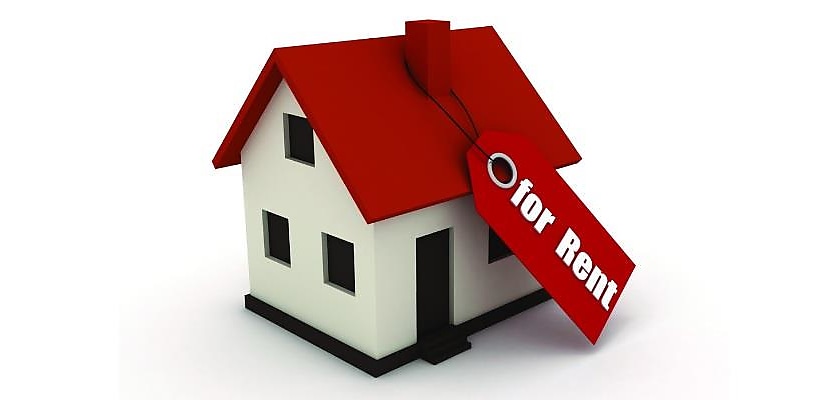New CoreLogic data shows that the rental market across the country is easing, with weekly rents rising slower than in the same time last year.
Weekly rents rose by 1.1 per cent over the March 2018 quarter, compared with the rate of 1.5 per cent in the same quarter last year.
This trend is evident across five of the eight capital cities, including in the bigger markets of Sydney and Melbourne.
CoreLogic head of research Tim Lawless attributes the slowdown to record levels of construction, high investments and diminished rental demands as first home buyers become active in the market.
“With dwelling values slipping lower across most cities, and rents gradually tracking higher in most markets, rental yields have seen some upwards pressure, albeit from a low base in some cities,” Mr Lawless said.
Darwin remains the highest yielding capital city despite a 1.6 per cent fall in weekly rents over the past 12 months.
Darwin’s rental yield of 5.8 per cent is due to the fact that dwelling values are falling at a faster rate than weekly rents, according to Mr Lawless.
Hobart is also showing a high yield, averaging at 5.0 per cent, with weekly rents up by 11.7 per cent over the past year.
The lowest rental yield remains in Melbourne at 2.93 per cent, which is a slight increase from the 2.88 per cent record low set in November 2017.
Sydney’s yield has pushed upwards from 3.0 per cent in July 2017 to 3.2 per cent at the end of March 2018.
Units across the country still offer a higher rental yield when compared to houses, with a national average of 4.2 per cent.
All capital cities also show a higher yield for units when compared to houses, with the largest differences being Melbourne with a 1.3 per cent difference, followed by Brisbane and Canberra with 1.2 per cent difference.









You are not authorised to post comments.
Comments will undergo moderation before they get published.